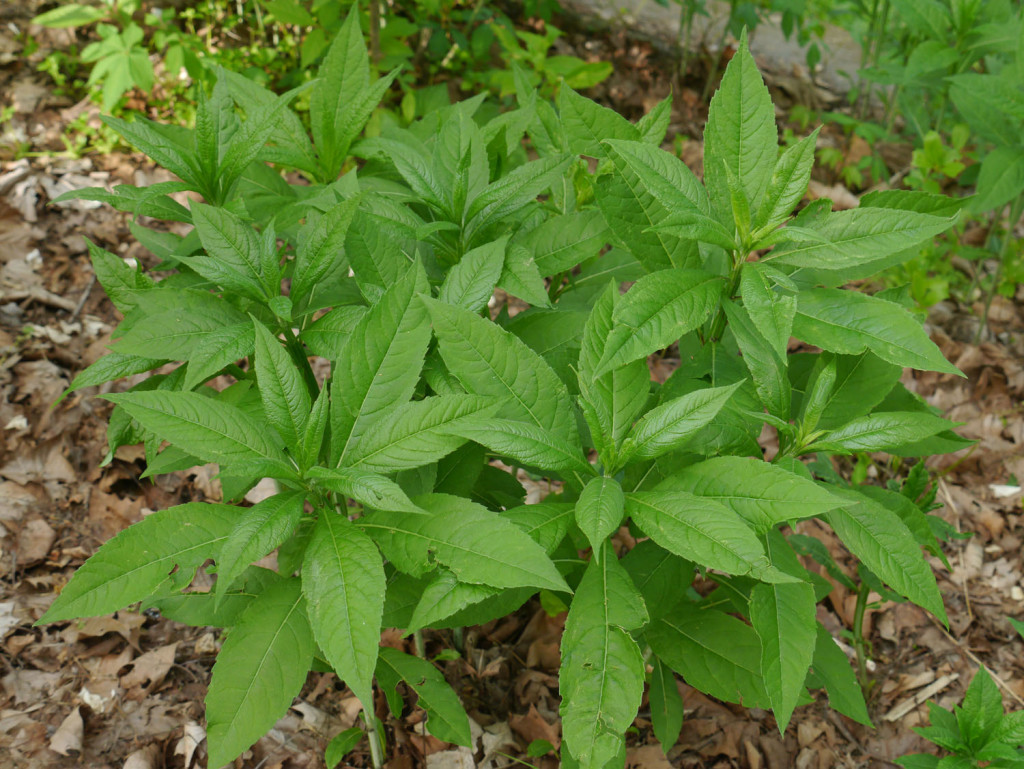The bright yellow flowers of Wingstem (Verbesina alternifolia) appear during late summer and early fall.
This plant, which can be found throughout the middle and eastern portions of North America, begins growing during late spring.
 As a member of the Asteraceae family, Wingstem flower heads consist of both ray and disk flowers.
As a member of the Asteraceae family, Wingstem flower heads consist of both ray and disk flowers.
Watch this video for more photos of Wingstem. See how it grows, develops flowers, makes its seeds and dies during the late fall months. The images can help you accurately identify this plant whenever you have an opportunity to see it.



Absolutely wonderful video, most complete and pellucid description of how to “see” a plant that i have come across yet. So many people need this, you have no idea! Or perhaps you do. In any event, great job.
Pingback: Everyone, I’m leafing! | Clutchpen
I really like this website.
Maybe you can help me identify a plant. The stem is just like the wingstem and is tall, like the wingstem. It is a very dominant species here in Virginia. It is currently not blooming. The major difference is the leaves. The leaves are opposite, but not lance shaped. They come to a sharp point on the end and the base is very wide. Also the leaves are toothed.
I hope you can help me identify this plant, because it is really baffling me.
Thank you,
Ramona Stickley
Is wingstem an annual or perennial plant? I have a field, formerly a cow pasture, that is becoming dominated by wingstem. Last season it bloomed and went to seed, however this season we have mowed a few times and prevented it from reaching the flowering stage. I hope this might interrupt the cycle and reduce the prevalence of this plant. Thanks for any advice on managing this species without chemicals.
Devon, it’s a perennial. I have allowed it to spread a bit. I suspect that I could prevent its return by digging the plant or clump up to get out the roots. In your case, that may be a rather massive task. So the mowing would be the best way to keep its population in check.
Sorry for the delayed reply, but thanks very much for your response. Not what I wanted to hear. It’s attractive in small patches, or alongside ironweed and jewelweed by our stream, but not by the acre where I’d prefer fescue and other grasses. Again, thanks for your response.